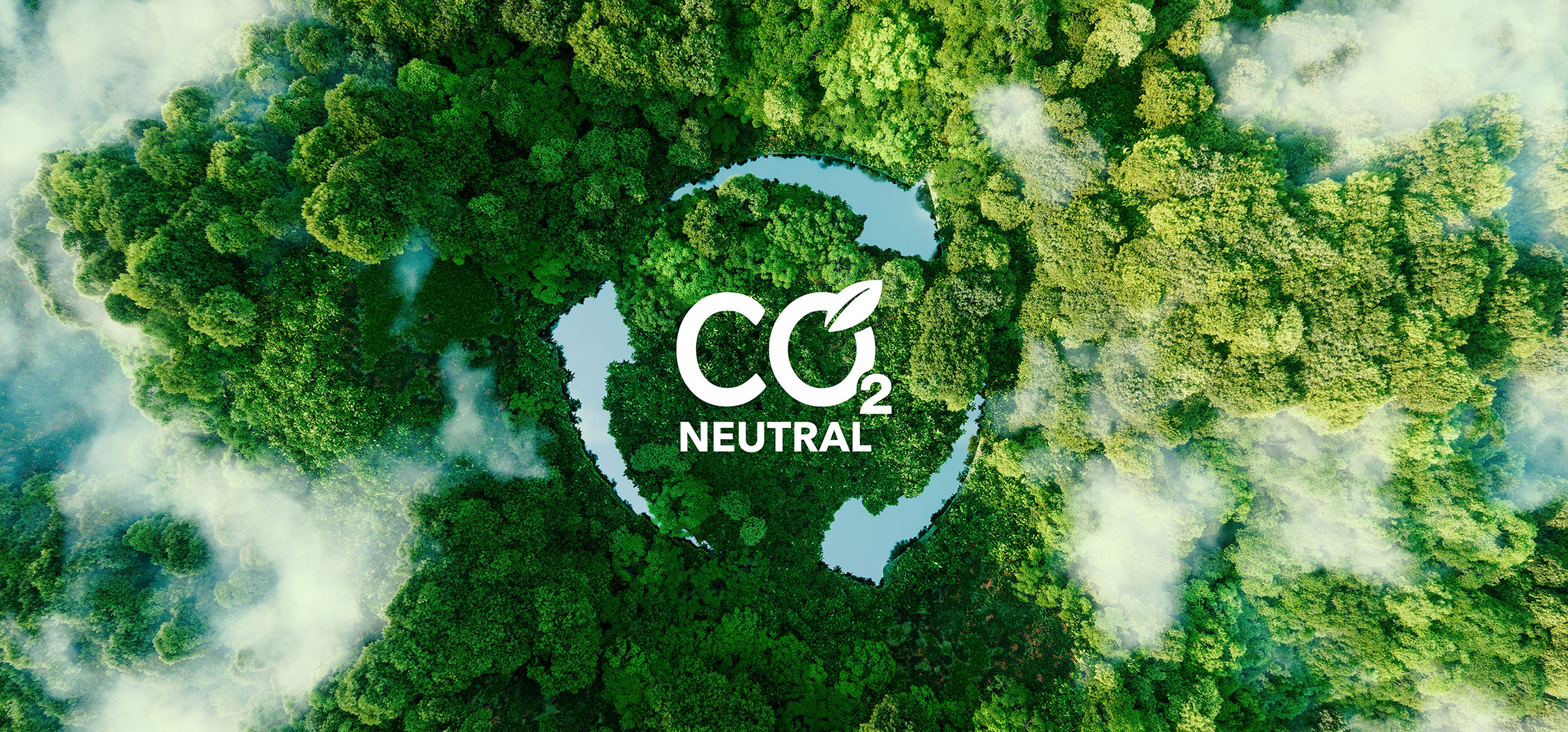
Carbon Neutral Programme
Clermont Has Been Carbon Neutral Since 2008
Clermont Group has been carbon neutral since 2008. We believe that everybody has a duty to be wise, responsible stewards of the resources entrusted to them. Through our carbon neutral programme, we are committed to taking responsibility for the environmental impact of our activities and playing our part in creating a sustainable, healthier planet for future generations.
Building Sustainability Through Carbon Reduction Projects
In partnership with Natural Capital Partners, a leading consultancy that delivers solutions for action on climate, each year we calculate our carbon footprint for the previous year. The carbon emission factors we consider include our use of electricity, paper, waste and business travel. This comprehensive assessment is conducted by an independent provider.
We then work with Natural Capital Partners to identify emissions reduction projects that, together, will reduce our net emissions to zero. Our selected projects meet internationally recognised standards for voluntary emissions reductions and also provide direct benefits to the local community. The projects include reforestation, investment into renewable energy such as wind power, grass land conservation, and generation of power in rural areas through biogas. Collectively, these projects positively impact health and livelihoods and support sustainable infrastructure.
We then work with Natural Capital Partners to identify emissions reduction projects that, together, will reduce our net emissions to zero. Our selected projects meet internationally recognised standards for voluntary emissions reductions and also provide direct benefits to the local community. The projects include reforestation, investment into renewable energy such as wind power, grass land conservation, and generation of power in rural areas through biogas. Collectively, these projects positively impact health and livelihoods and support sustainable infrastructure.
Climate Change: The Facts
Greenhouse gas concentrations are at their highest levels in 2 million years and, as a consequence, the earth is around 1.1oC warmer than it was in the 1800s. The current path of carbon dioxide emissions could increase global temperatures by as much as 4.4oC by the end of the century. Limiting global temperature rise to no more than 1.5oC would help us avoid the worst climate impacts, but requires a significant increase in the global commitment to cutting emissions.
The two most prominent greenhouse gases causing climate change are carbon dioxide and methane. These are produced primarily by burning fossil fuels such as coal, gas and oil for energy and through the impacts of agriculture and deforestation.
The consequences of climate change include intense droughts, water scarcity, severe fires, rising sea levels, flooding, melting polar ice, catastrophic storms and declining biodiversity. This is no longer simply a problem of the future. Communities around the world are now experiencing the effects of climate change in diverse ways, including through its impact on health, food supplies, housing, safety and work. Conditions such as sea-level rise and saltwater intrusion have already advanced to the point where whole towns and villages have been forced to relocate.
Source: Intergovernmental Panel on Climate Change (IPCC)
